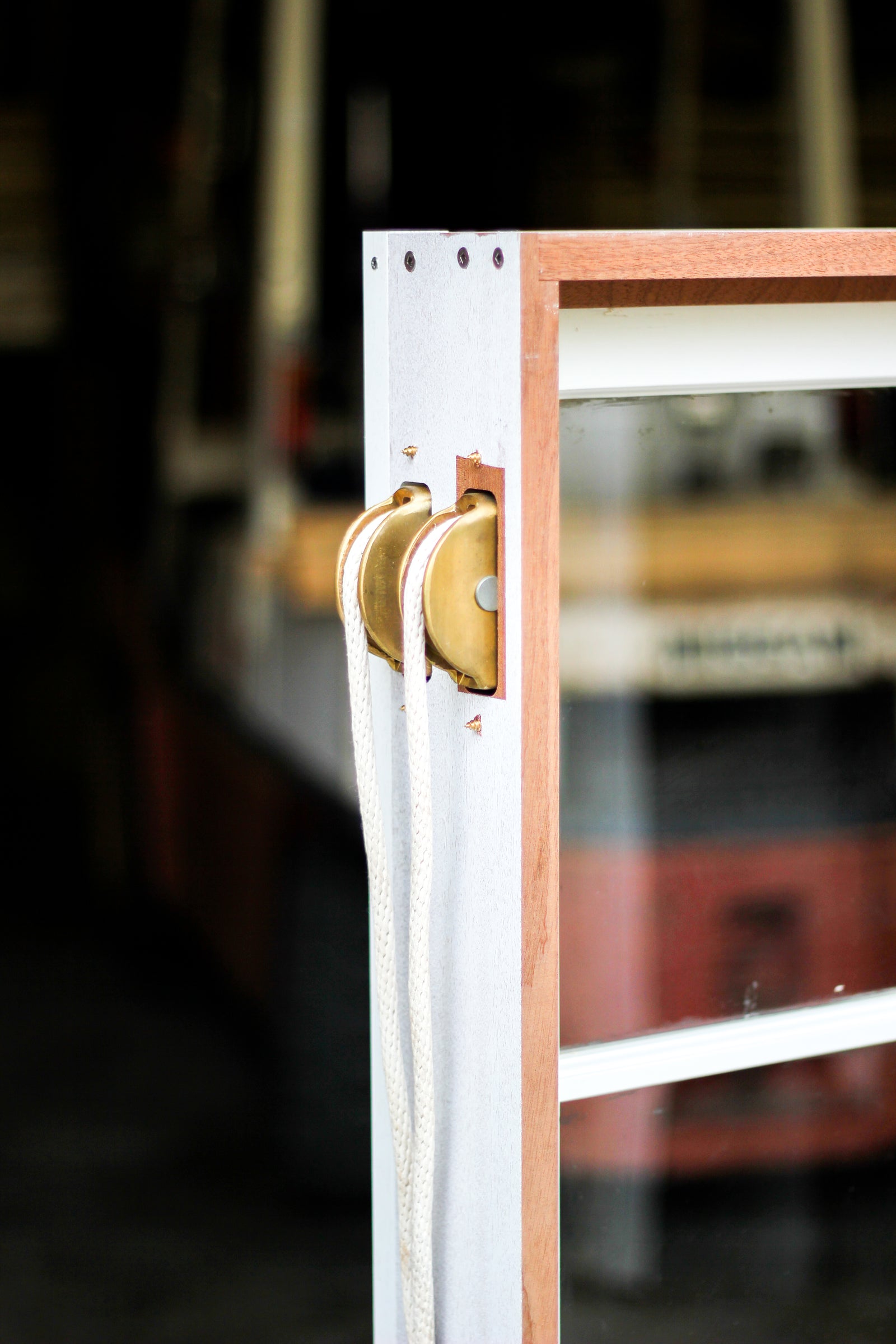Products
Projects
Resources

DIY Home Inspection
September 03, 2015
As the summer days wind down and cool off, it's a good time to take stock of the health of your home. Trouble areas should be addressed before the cold hits. This will save you trouble, time and money.
Having a home inspection done before you buy is important, but it’s not the only time your home should be inspected. Like everything else, your home endures the wear & tear of life and sometimes, small damages can go unnoticed. Performing a yearly visual inspection of your home can help you stay on top of the health of your home and enable you to solve small problems before they become big ones.
One of the crucial aspects of home inspection is to help prevent water from getting inside the house. Water or moisture inside your home can cause mold or rot and be an expensive fix. Catching this early or even stopping it from happening can save your wallet a hefty blow.
Outside
Starting outside will give you a general idea of your homes condition. By slowly walking around the perimeter of your home you can take it all it. Does it look level? Are the rooflines solid and the windows square? You can use a pair of binoculars to scan the chimney and rooflines. Climbing on the roof will give you a closer look, but unless major damage is suspected or you have easy access, it may be better left to the pros.
Gutters and Downspouts
Looking for cracks, clogs, and damaged elbows. These problem areas allow water to run along walls and into the foundation, which can cause major damage. Grab a ladder to investigate and remove twigs, sticks and leaves that may be clogging the gutter.
Paint
Check for peeling which is often caused by moisture in the wall. Cracking and flaking means adhesion problems or surface deterioration (rot). These are indicators that the siding needs to be replaced or repaired.
Chimneys
Look to see if anything is blocking your chimney opening. Birds nest, fallen leaves, or broken tree limbs can all make their way inside your chimney. Be sure the bricks and mortar around the chimney are intact, with no cracks or broken pieces that may allow water to seep in.
Roof
Broken or missing shingles compromise the weather protection of your home. Be sure that surrounding trees are healthy and inspect branches that could potentially fall and damage your roof during a storm. Also be aware of branches which may allow unwanted creature access to your home.
Foundation
The grade around the foundation should be at least 8 inches below the siding (to keep insects from getting into the siding) and slope away from the house for drainage. Make a not about hairline cracks in the foundation, keep a close eye on these over time to see if they grow. Larger cracks should be professionally inspected.
Driveways and Garage
Loose and cracking asphalt, in addition to being a tripping hazard, can be an entry point for water which can freeze and cause more damage in the colder months.
Windows
Look for weather rotted caulk that is peeling or flaking away. Windows are weak points in the insulation and areas prime for water and cold air to enter your home. Check again to be sure the windows are square.
Decks, Stairs, and Porches
Check for broken boards and missing fasteners. These outdoor areas usually require regular maintenance. Check for signs of termites or other insects that are trying to make your deck their home.

Inside
A flashlight can help you spot problems under the sink, behind furniture, in the basement and the attic.
Walls and Ceilings
Dark & blotchy stains can mean poor ventilation that lead to mildew. Brown rings could mean a water leak from the roof or a broken pipe.
Kitchen Backsplash and Counter
Gaps between the backsplash and counter near the sink could allow water to drip behind the cabinets or sink. Be sure everything is lined up tight, or find a reason why it isn’t.
Tub Surround
Damaged grout and cracked tiles allow water to get into the walls. Feel for loose tiles around a tub or sink. This could be an ongoing issue, best to check it out early.
Caulk in the Bathroom
Check the condition of caulk around the bathtub, shower, and sink. Deteriorating caulk is a prime entry point for water to get into walls and subfloor.
Service Panel
Signs of rust indicates water is leaking into the panel. This can lead to hazards such as electrical shorts. Scorch marks are an indicator that there is definitely a problem, proceed with caution. Call an electrician to deal with messy splices or open wires.
Stairs and Railings
Interior staircases and railings should be solid under your feet and hands. Check underneath for wood rot and damage.
Interior Paint
Wall surfaces should be clean and smooth. Vertical cracks in the paint can be a result of drywall separation. Be aware of any lead paint in the house if it was built before 1978, this requires special attention during renovations.
Attic
Stains in the roof structure are signs of a water leak. Make sure the entire floor of the attic is insulated, including the corners and around vents.
Subfloor
Use a screwdriver to poke up at the subfloor from the basement. It should feel solid. If it feels soft or squishy, this could mean the wood is rotted. If it’s rot, try to determine the cause and be aware if it’s anything other than age.
Basement
Basements should smell clean, no mold or mildew. Rusty objects that touch the floor would indicate previous flooding or on floor. Be aware of weather or not your basement has been previously flooded.
Water Pipes
All pipes should be corrosion free. Rust and discoloration are signs of a leak.
Appliances
If appliances are included with a home, check on their working condition and potential warranty.
Safety Alarms
Smoke and carbon monoxide detectors should be in every sleeping room and common area.

The Systems
Be sure the hot and cold water every sink is working and check underneath the sink for leaks when the water is running. Look at the water lines around toilets, washers, and hot water heaters for leaks or signs of corrosion.
Turn on the heating and cooling system and let it run a few minutes, listening for irregular sounds. Also check boilers, water heaters, and AC units for loose pipes. You’ll need to venture outside or in the basement to do this thoroughly.
This checklist can help you locate trouble spots and help you stay on top of any issues that may arise. It does not take the place of having your home professionally inspected. If you know what your house looks like you can see how it changes over time and have a better understanding of what is normal for your home down the road.
Subscribe Today!
Our goal is to provide you with as much information as possible. Our newsletter is full of tips, inspiration and featured projects. We promise to only send you interesting things and never share your email with anyone else.




